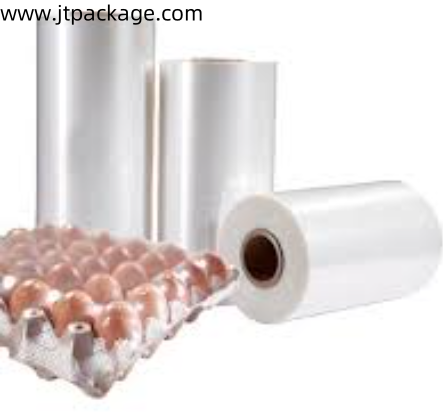POF Shrink Film offers a way for companies to rethink how they wrap items and manage waste along the supply chain. When operations use a material that fits products snugly and adapts to different shapes, the amount of excess film often shrinks. This leads to less scrap at the end of packaging lines and fewer unsold rolls in storage. By embracing a wrapping solution that behaves reliably, businesses open the door to smoother production steps and smarter inventory handling.
One way waste drops is that this film forms a tight seal that eliminates bulky layers. Many conventional wraps call for several sheets or heavy protective barriers that add weight and take up space. In contrast, the close fit of the film keeps items together so that no extra material is laid down. Teams find they can run lines with fewer changeovers and lower scrap volumes, driving a simpler logistics flow.
Another benefit comes in transport. When packages sit through transit with a clean wrap that holds everything firmly, damage risk falls. This means fewer returns and reworks, cutting down on the need to repack or discard items. A stable wrap also enables workers to handle loads with less holler for reinforcement, so pallets stay neat and no extra tapes or fillers get introduced mid-load.
Retail presentation gains from the clarity of the film too. Clear wrapping lets customers see the product, reducing the impulse to open or unpack items on site. This lowers the chance merchandise is rejected or tossed by staff, bringing downstream waste down a notch. For promotional or seasonal setups, the ability to scan labels through the film means fewer price tags ripped off for visibility, which in turn keeps small pieces of material out of the trash.
Waste reduction also touches return processing. When customers send items back, a uniform wrap that stays intact means earlier checkpoints can recycle or reuse the film directly. Operations that reuse or bundle returned items without stripping off multiple packaging layers save seconds that add up into significant time and less landfill burden over ongoing cycles.
The film’s compatibility with automated systems completes the picture. High-speed tunnels and shrink units calibrate easily to the material, so seals stay even and edges stay trimmed. With less human adjustment, the chance for overwrap or mis-cut pieces goes down, and waste from manual error fades. Tools that sort scrap film also find uniform trim size easier to bale or return, supporting closed-loop processes.
Teams can also reap benefits in line balancing. A single film size can often stretch over a range of product dimensions, so fewer setups are needed. Reduced downtime for tooling changes keeps packaging output steady and avoids piles of leftover film that would otherwise join scrap bins when runs swap.
Thinking through the full cycle, packaging teams see that material savings and clearer returns feed into a leaner cost base. Tighter wrapping, cleaner transportation, easier returns and consistent automation add up. This encourages companies to view packaging not as a fixed overhead but as a variable they can refine day after day.
Businesses that want to dig deeper into the mechanics and daily practice of how this material supports waste trimming can explore detailed explanations available through JTpackage materials at: https://www.jtpackage.com/news/industry-news/what-is-polyolefin-shrink-film.html/ where a full guide outlines how companies have adapted their workflows and seen smoother runs without excess scrap.



